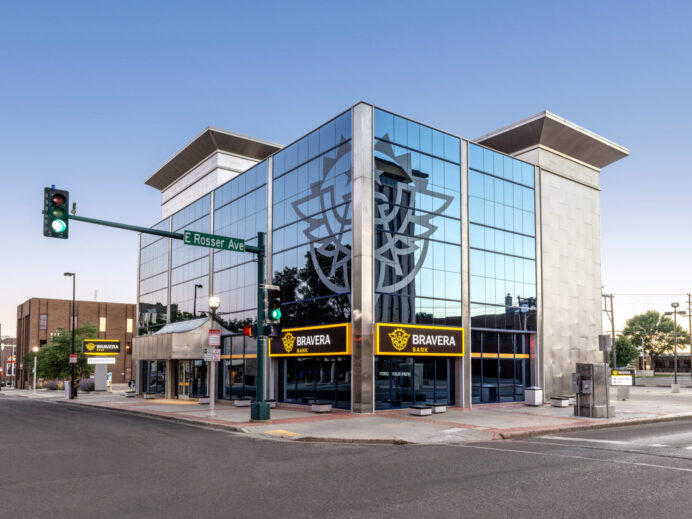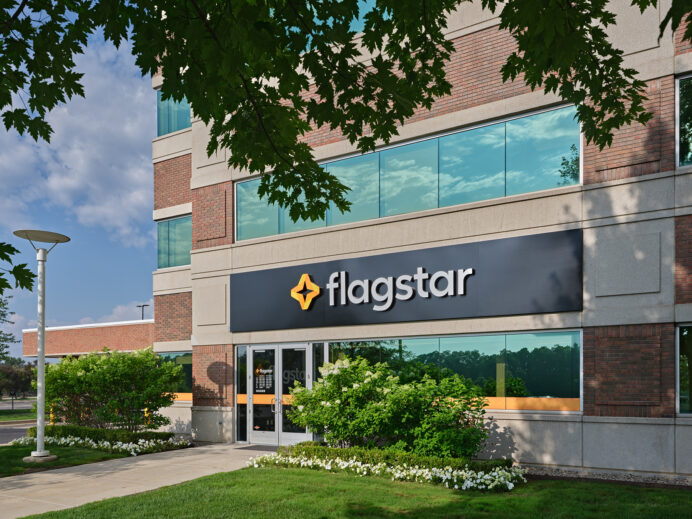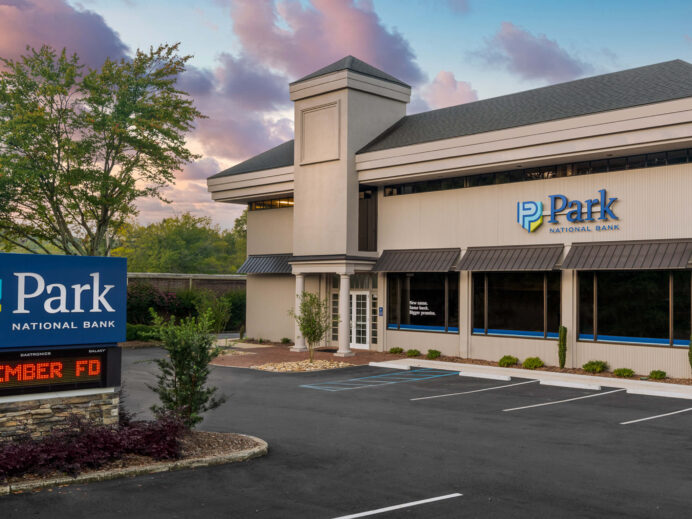Discussion on the evolution of the branch banking channel with Adrenaline’s Managing Director of Retail Strategy on Salesforce’s The Vault
While most financial institutions prioritize frictionless journeys linking digital and in-person retail experiences, consumers have made it clear that they want human-centered banking from their primary financial institution. Even with all that digital can do to speed transactions, it takes human expertise to power banking relationships. “Beyond customer service, human interaction and engagement remains a core component of consumer banking,” reports Believe in Banking. As such, retail banks “serve on the front line as the primary channel for the customer,” according to Salesforce in the recent episode of The Vault podcast.
In their conversation, Salesforce hosts Ben Altom, Ahmed Zaman and Ron Wade talk with special guest Ben Hopper, Managing Director of Retail Strategy for Adrenaline. They discuss how the retail bank represents the front door of the banking relationship – connecting consumers with expert bankers who recommend meaningful solutions and services to meet a customer’s individualized needs. Yet, the retail bank is evolving to meet expectations for the next generation, both in physical branch design and functionality and in branch network reach.
See what the experts have to say about the evolution of the retail branch banking channel. Watch the full video of the Salesforce podcast The Vault and keep reading below for excerpts of their dynamic discussion on how to make the most of the branch network.
The trending commentary we’ve heard lately is that retail branches are going extinct, like Toys“R”Us and Blockbuster. Do you see that being the case with the brick-and-mortar retail bank?
This is the debate that I’ve been having for the last 15 years or so, and it was probably raging on even before that. There is certainly an evolution that has been going on in retail banking over that same time horizon. And that evolution and the change is migrating from being a transaction hub – a place where customers could cash checks, do cash exchange, etc. Now, that function is migrating to an interaction hub. And you’ve seen this all over the industry that it doesn’t matter how old or young you are, bank branches come into play during those moments that matter. People are still coming into the branches. The data also bears it out.
There was a study I read earlier this week that said 3% of customers desire to use only branches in their kind of banking life. Ten percent of customers wanted to use only digital. So what that means is that there’s 87%, or essentially nine out of 10 customers, who want both options – to be able to get service, to get advice, to get whatever it is they want for their financial life. So, I’m definitely in the camp that retail matters. How you navigate the experience that you create in retail is a more and more important conversation to have at any bank across the country.
Thinking about this evolution towards a value-based interaction, what do you see as the three primary areas that retail bankers are able to focus on to evolve for the future?
I think some of the great retail banks out there are trying to figure out how to free up the bankers to get out of the branch and into the community. The reality is that prospects might or might not know that you’re there. Now, if we had a marketer sitting right here, they would chime in and say that’s their job – that’s the visibility, and that’s the unaided awareness. A marketer’s going have their own their own opinions, but I believe that branch bankers need to get outside of the branch and the bank operations group needs to allow that to happen.
So, there’s a lot of efficiency that has to happen there. But bankers in the community sitting at the Chamber of Commerce tables and at the Rotary clubs, engaging with business owners on their turf in their business, that’s how you win new bank customers. To enable that to happen is not a small thing. That’s certainly one of the primary areas.
Then the second would be formats. If you’re going to enable bankers to engage with their customer and their communities, banks need to make that happen inside the branch, too. So, like we’ve said before, it’s not the teller line where the highest level of engagement happens. Maybe it’s a couch in the middle of a lounge area or maybe it’s around hospitality that we see in the industry now. It may be a café that Capital One took to a new level. Maybe it’s putting a Peet’s Coffee in the middle and having that community room or table that’s reservable.
So there’s a number of different ways to increase that engagement outside, but then also creating that connection inside the branch is extremely valuable and needed.
You’re not only changing the environment of a banker who may have been doing this for 20 years, but you’re changing their behaviors and letting them be that focal point of the bank. How do you train that?
Exactly right. Retail is the face of the bank. When a customer is thinking about a bank brand, wherever that is, they are thinking about the branch at the corner and the bankers inside. They are thinking about the bankers they’ve gone to for years… the one that makes the Friday free popcorn, for example. So there’s no doubt, they are the center of the bank. And customers also know that if I go to that building, I can get connected to whatever financial expertise I need. There’s an innate understanding just with bank branches they can go there and get connected to a financial planner or a small business lender, whatever they need.
So, we don’t have to teach that, right? It’s not something that we have to try to recreate.
What they’re trying to train is what a great manager does every single day. They know the portfolio and their customers. They know who’s walking through the door. They know a local business owner who is dropping off 10 checks a day and when business is booming, that turns into 15 checks a day. They also know their community and where the opportunity is.
What their job is to spread that skillset beyond one branch manager, to recreate that knowledge and give some cues to the new green banker just out of training. Sure, they know how to push the right buttons and create the checking account. But they haven’t had the experience with the verbal cues and banking relationship development.
So, what you’re talking about in that skillset is really to speed up of the training process to get closer to that really good branch manager — their portfolio knowledge, community knowledge, and when to click a button and when to connect that customer to a mortgage lender, to a small business lender that has a higher level of expertise.
To learn more about branch network transformation strategies for your bank or credit union or to speak with one of Adrenaline’s retail strategy experts, contact us today. And be sure to stay tuned to the Believe in Banking Podcast as it highlights industry news and views for banking leaders.
Adrenaline is an end-to-end brand experience company serving the financial industry. We move brands and businesses ahead by delivering on every aspect of their experience across digital and physical channels, from strategy through implementation. Our multi-disciplinary team works with leadership to advise on purpose, position, culture, and retail growth strategies. We create brands people love and engage audiences from employees to customers with story-led design and insights-driven marketing; and we design and build transformative brand experiences across branch networks, leading the construction and implementation of physical spaces that drive business advantage and make the brand experience real.




